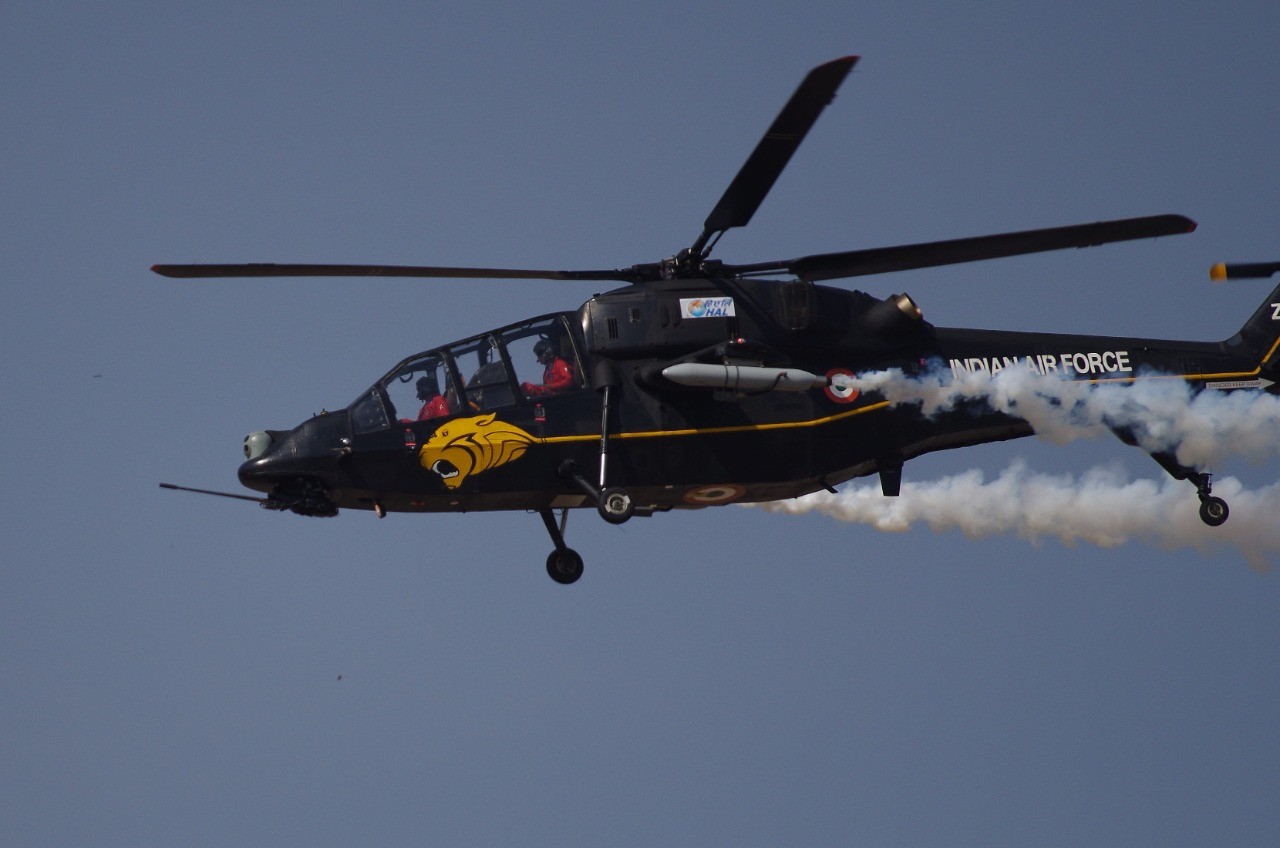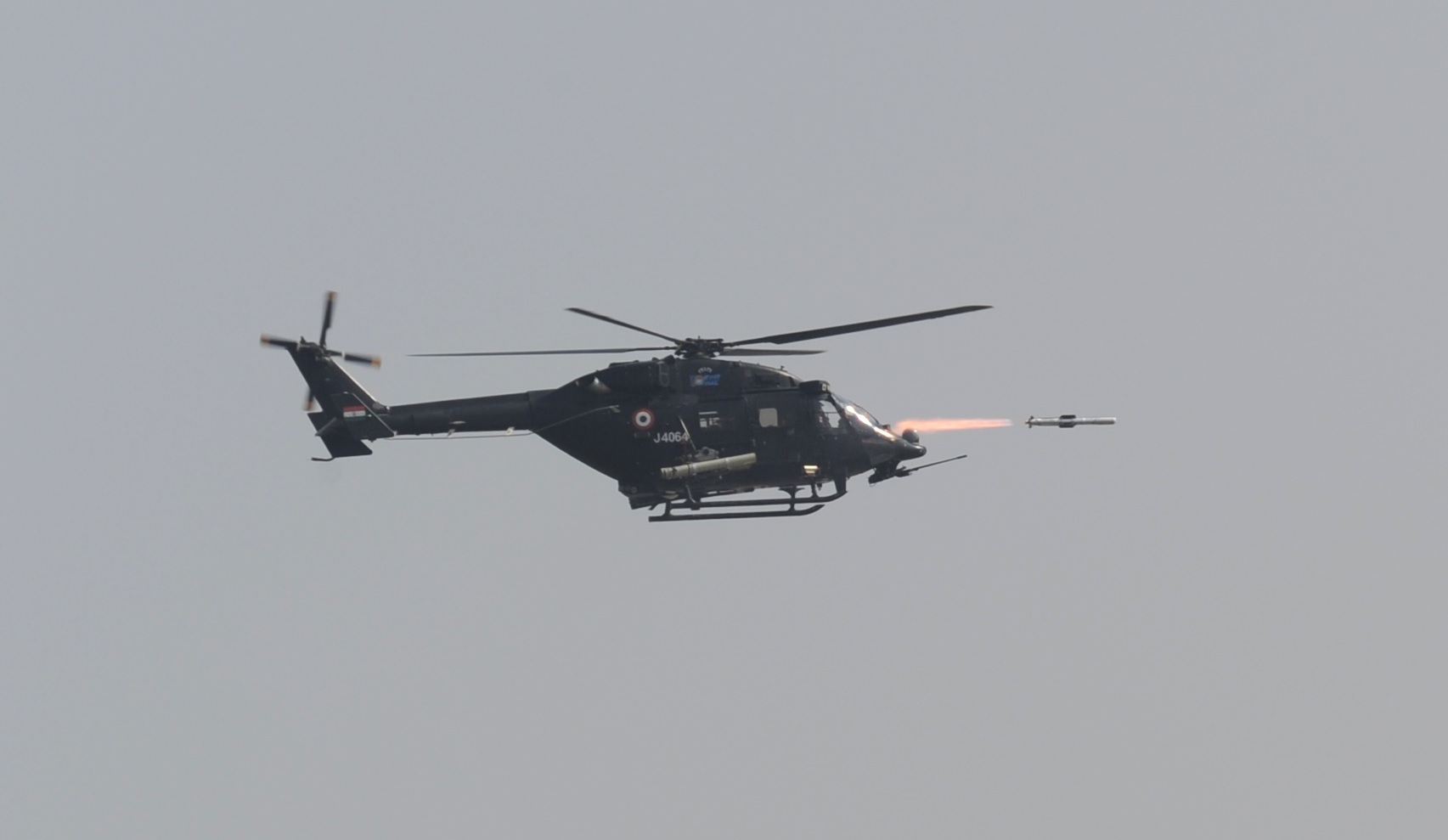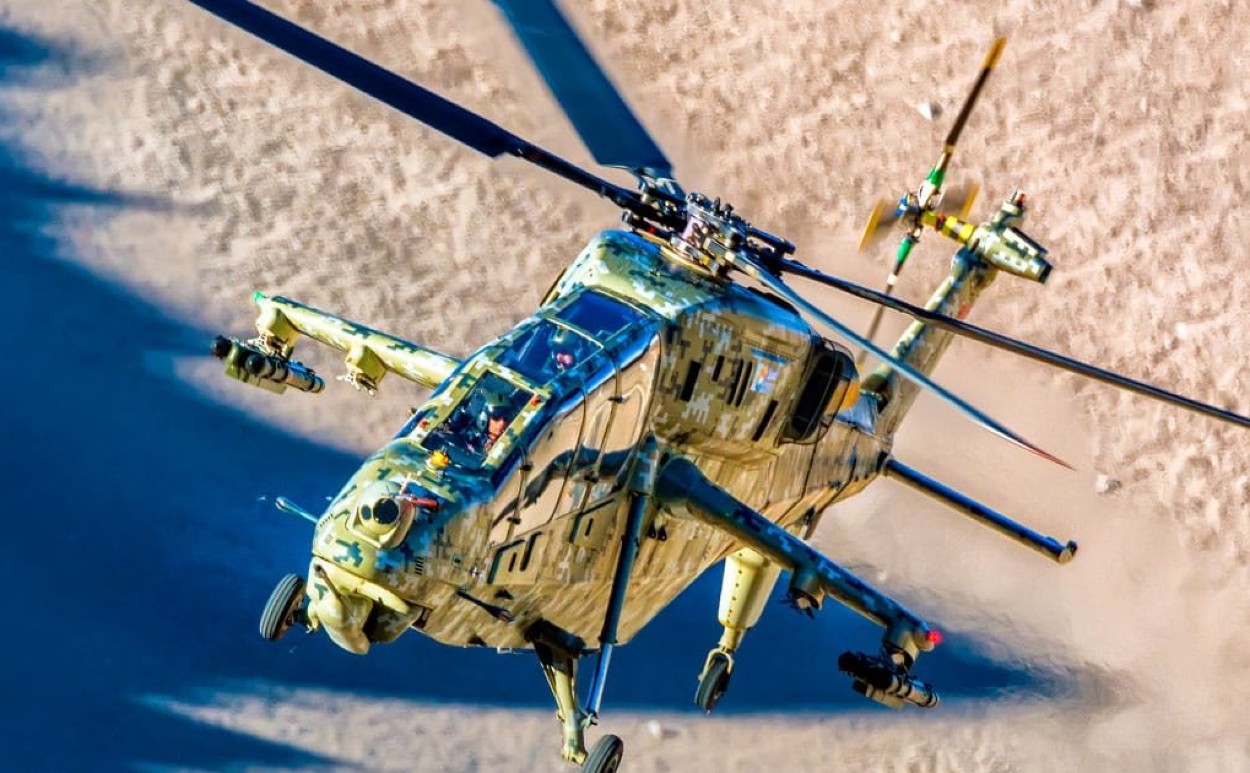The Kargil War of 1999 was a wake-up call for India’s defense preparedness. One of the most glaring gaps exposed was the lack of a dedicated attack helicopter capable of operating in high-altitude warfare.
The Kargil Review Committee (headed by the legendary K. Subrahmanyam) explicitly highlighted this critical shortfall, urging India to develop an indigenous attack helicopter that could deliver precision firepower in the world’s toughest battlefields.
Two decades later, that vision has materialized in the form of the Prachand Light Combat Helicopter (LCH), a machine built to dominate the Himalayas and beyond.
With India now placing a massive order for these lethal birds, it’s time to revisit why this helicopter is not just another addition to the arsenal—but a strategic game-changer.
The Kargil Lesson: Why India Needed The Prachand
India recently cleared its biggest-ever defense deal to buy 156 Made in India Light Combat Helicopters, Prachand, for the Indian Army and Air Force. The deal is worth Rs 62,000 crore ($7.5B).
During the Kargil War, the Indian Air Force (IAF) was forced to use Mi-17 utility helicopters in armed roles, jury-rigged with rocket pods, because India had no dedicated attack helicopters optimized for high-altitude ops. While the Mi-17s performed valiantly, they were not designed for precision strikes and were vulnerable to enemy fire.
The Kargil Review Committee’s report (submitted in 2000) made several key observations:
– Lack of Attack Helicopters: India had no equivalent to Pakistan’s AH-1 Cobras, which could have provided close air support in the mountains.
– Need for Indigenous Solutions: Importing helicopters like the Apache would be expensive and not fully tailored for Himalayan warfare.
– High-Altitude Performance Matters: Conventional attack helicopters struggle above 10,000 feet, but India needed one that could operate at 16,000 feet or more.
The Birth of the LCH: HAL’s Answer
Hindustan Aeronautics Limited (HAL) took up the challenge, and after years of development, the Prachand LCH was born—a helicopter specifically designed for India’s unique needs.
Is the Prachand One of the Most Nimble & High-Altitude Capable Attack Helicopters in the World? Yes, and Here’s Why
The Prachand LCH is one of the few attack helicopters globally that can operate efficiently at extreme altitudes. When evaluating attack helicopters for high-altitude warfare, the Prachand LCH stands out with its unmatched operational ceiling of 21,300 feet. It was specifically engineered for Himalayan conditions with crash-resistant construction and exceptional agility. However, it faces some payload limitations at extreme altitudes.
In comparison, the American AH-64 Apache, while packing heavier firepower and advanced sensors, struggles with maneuverability and performance in thin air beyond 15,000 feet.
Russia’s Mi-28 / Mi-35 though heavily armored and armed with powerful guns, shows poor high-altitude capability, maxing out around 12,000 feet.
China’s Z-10, despite modern avionics and anti-tank missiles, remains underpowered for effective Himalayan operations, with a practical limit near 13,000 feet. This clear differentiation highlights why the Prachand LCH is India’s strategic choice for dominating high-altitude battle spaces that foreign platforms cannot reliably access.

What Makes The Prachand So Special?
– Shakti Engines (Indo-French): Derived from the Dhruv ALH, these engines provide exceptional power even in thin air.
– Crash-Proof Landing Gear: Essential for emergency landings in rocky terrain.
– Digital Glass Cockpit: Reduces pilot workload in high-stress combat.
– Nimble & Agile: Outmanoeuvres heavier Western helicopters in tight mountain valleys.
Verdict: The Prachand is among the best in the world for high-altitude warfare, outperforming even the Apache in the Himalayas.
Deadly Arsenal: The Prachand’s Weapons & the Airborne Nag Missile
Standard Load-out: A Killing Machine
The Prachand is equipped with a devastating mix of weapons:
– 20 mm Nose-Mounted Turret Gun (Similar to the one on the Rudra helicopter)
– 70 mm Hydra Rockets (For area saturation & bunker busting)
– Mistral Air-to-Air Missiles (For taking down enemy drones & helicopters)
– Helina (Airborne Nag) Anti-Tank Missiles (The real game-changer)
Helina Missile: The Dragon-Slayer
The Helina (Helicopter-launched Nag) is an Indigenous fire-and-forget missile with a 7 km+ range. It can destroy enemy tanks, bunkers, and even fortified positions.
Recent Boost: The Indian government recently placed a ₹500 crore order for Helina missiles, confirming their combat readiness.

Why Helina Matters
– No Western Equivalent: Unlike the American Hellfire, the Helina is optimized for Indian conditions.
– Top-Attack Mode: It strikes the weakest part of a tank (the top armor).
– Fully Indigenous: No dependency on foreign suppliers during wartime.
Future Upgrades?
– Integration with Dhruvastra (Next-Gen ATGM)
– Possible Brahmos-NG Mini Version for long-range strikes
Strategic Impact: How the Prachand Changes the Game Against China & Pakistan
LAC (China Front): A Himalayan Guardian
– Can operate from advanced landing grounds (ALGs) like Daulat Beg Oldie.
– Hunt Chinese light tanks (Type 15) and infiltrators.
– Counters PLA’s Z-10 helicopters, which struggle at high altitudes.
LoC (Pakistan Front): The Ultimate Punisher
– Takes out Pakistani bunkers & terror launchpads with precision.
– Dominates in Siachen, where Pakistani Cobras cannot reach.
Atmanirbhar Bharat (Self-Reliant India) in Action
– Reduces dependency on Apaches & Mi-35s.
– Potential exports to friendly nations (Vietnam, Egypt, Armenia interested).

Conclusion: The Prachand—India’s Fierce Guardian of the Skies
From the harsh lessons of Kargil to the high-tech battlefields of tomorrow, the Prachand LCH is a testament to India’s growing aerospace prowess. With its unmatched high-altitude performance, lethal weaponry (including the Helina missile), and indigenous DNA, it is not just a helicopter—it’s a symbol of India’s strategic autonomy.
As we induct more of these “Fierce Ones” into our armed forces, one thing is clear: No enemy can underestimate India’s aerial strike power ever again.
- IAF Group Capt MJ Augustine Vinod VSM (R) is COO, AutoMicroUAS. The views expressed in the above piece are personal and solely those of the author. They do not necessarily reflect the EurAsian Times’ views.
- He tweets at @mjavinod




